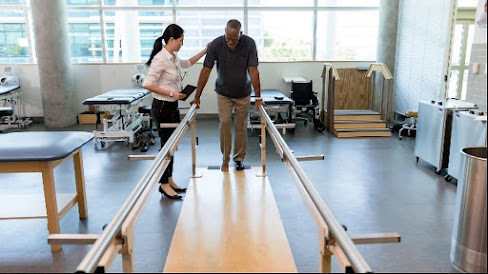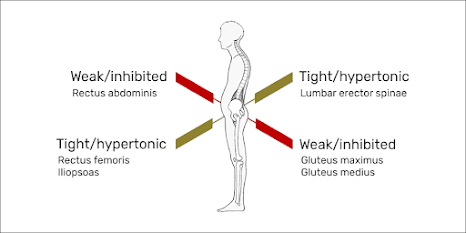Revitalize and Conquer: The Comprehensive Guide to Sports Rehabilitation
Welcome to a world where resilience meets recovery , where athletes transform setbacks into comebacks — welcome to the realm of sports rehabilitation. In the dynamic universe of sports, injuries are an unavoidable reality. However, what separates champions from the rest is not the absence of setbacks but the ability to bounce back stronger . This blog is your roadmap to understanding the art and science of sports rehabilitation , a journey that goes beyond healing and ventures into the realm of optimal performance. Understanding the Anatomy of Injury To embark on a successful rehabilitation journey, it’s crucial to first understand the nature of sports injuries. From acute strains to chronic conditions, we delve into the anatomy of common sports injuries, exploring the mechanisms behind each and laying the foundation for effective treatment. The Role of Professional Guidance Navigating the labyrinth of rehabilitation necessitates expert guidance. ...

